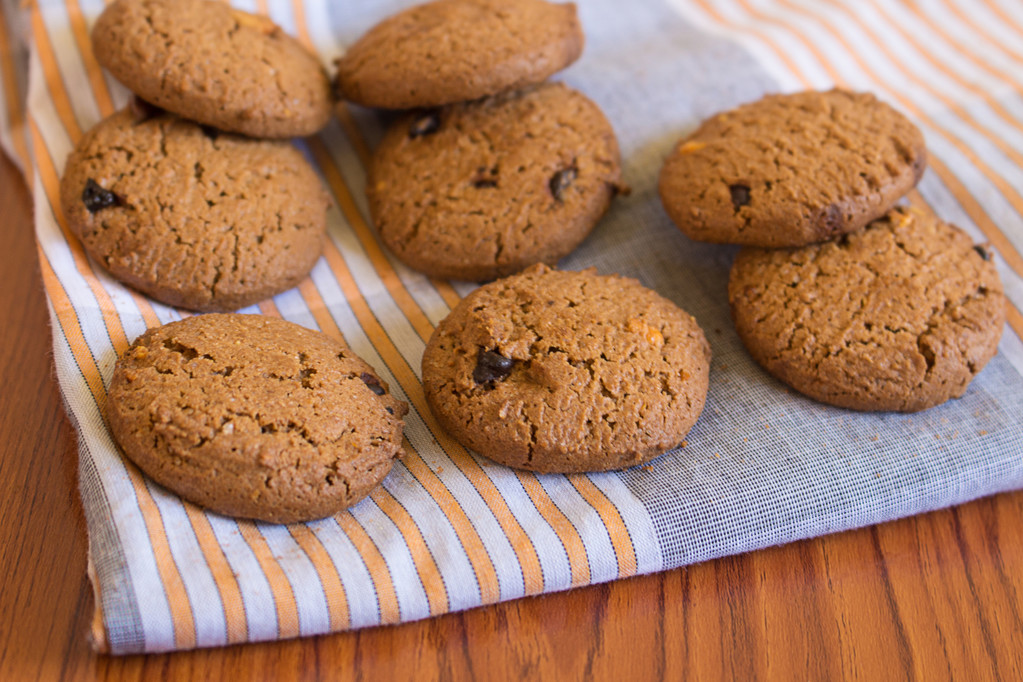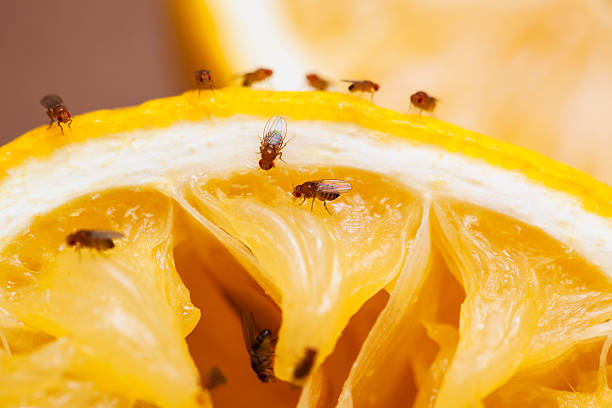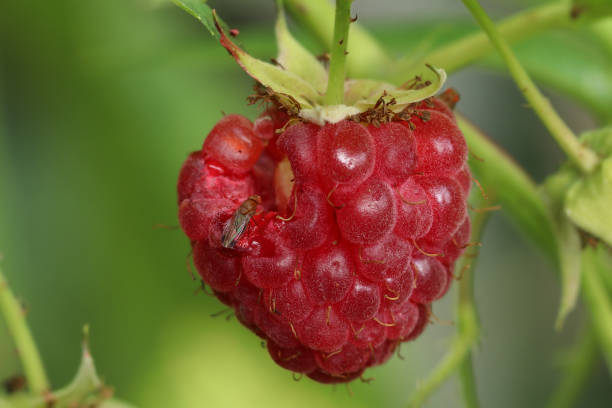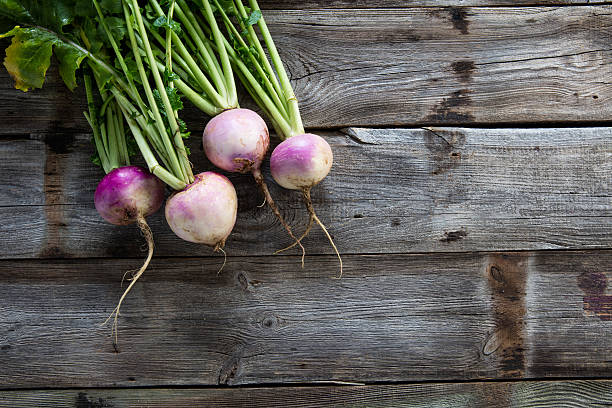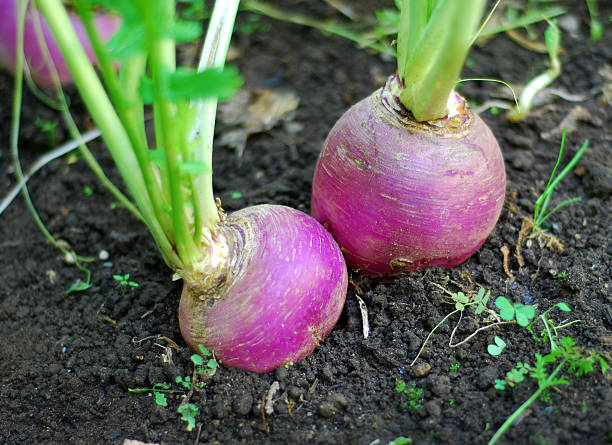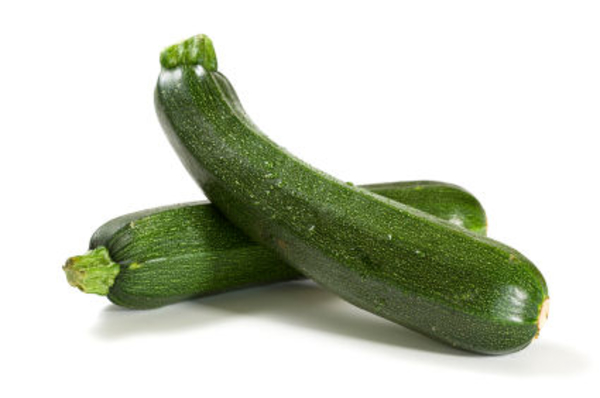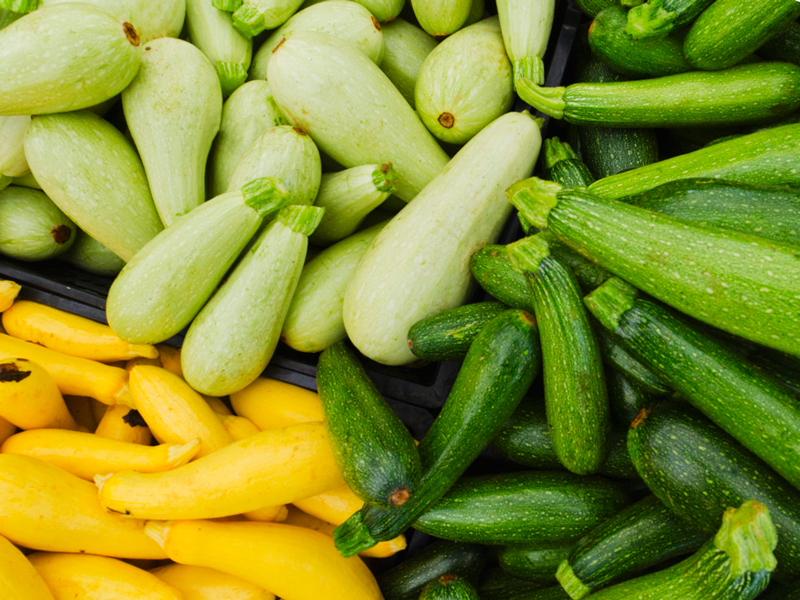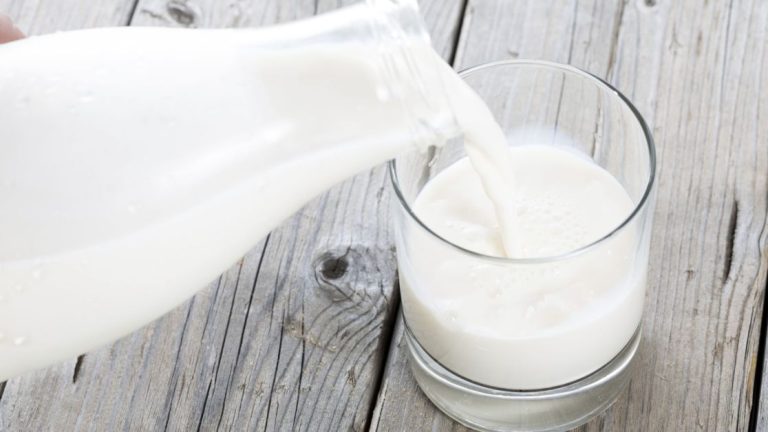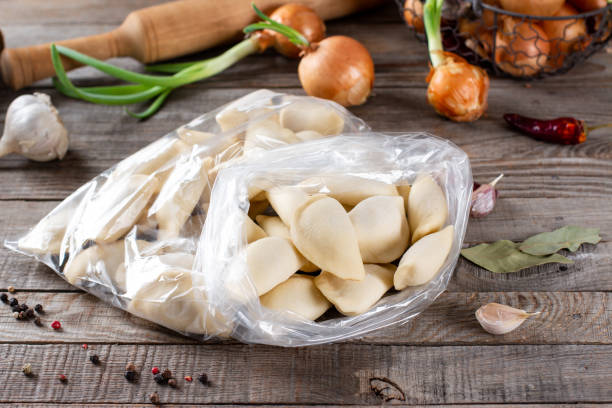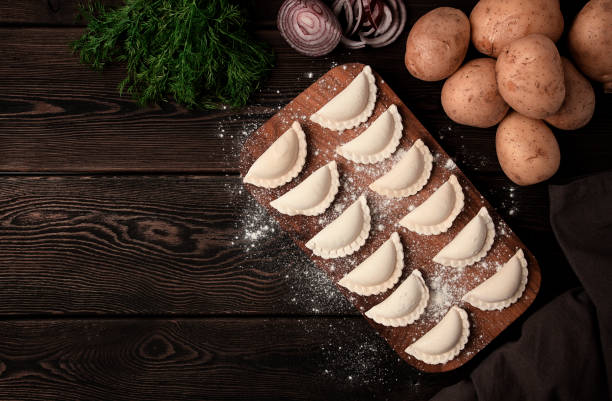It is considered a healthy, natural food that makes you big and strong and the ultimate source of calcium. “Milk makes tired people perk up,” say some. But opponents of milk believe that milk makes you sick. Is milk healthy or unhealthy? Utopia introduces you to the arguments against milk.
Milk consumption – when is milk healthy?
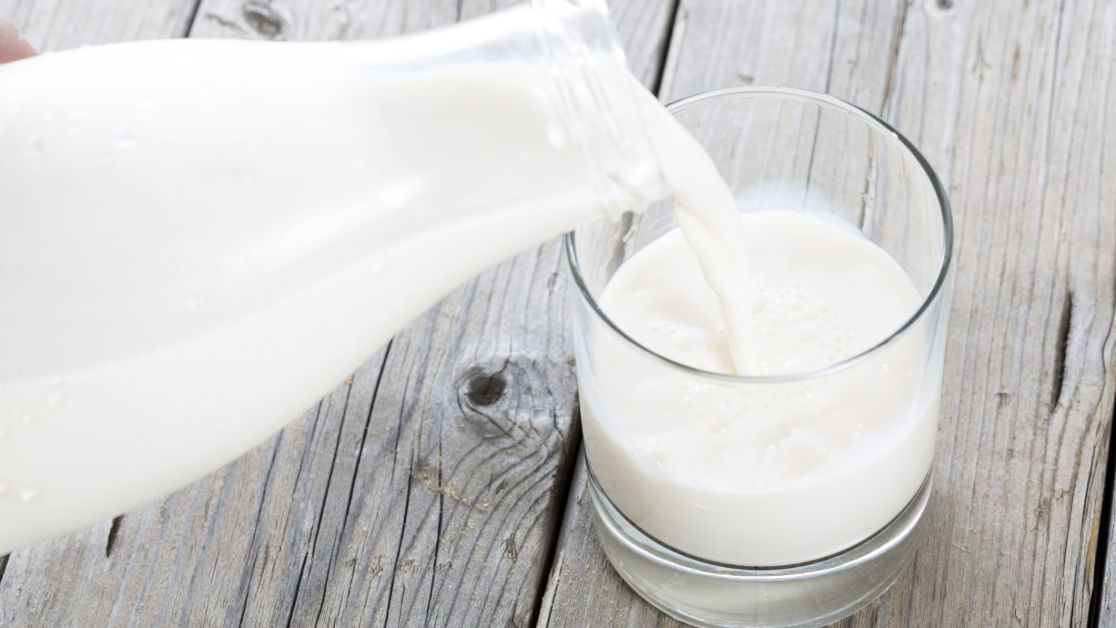
Every German consumes a total of 86 kilograms of fresh milk products every year. That makes us world leaders. And this despite the fact that the human body neither absolutely needs milk nor is it originally designed to digest lactose. It is absolutely paradoxical that humans are the only creatures that consume milk from other animals and continue to do so in adulthood.
It is undisputed that milk is essential to start life. The infant can easily digest breast milk thanks to the enzyme lactase.
But it is actually only due to a “genetic defect” that has developed in the course of evolution that it retains this ability and makes it possible to consume milk even in adulthood. But is this even necessary?
1. Milk unhealthy due to diseases
Milk is rich in good ingredients. In addition to calcium, it contains many vitamins, magnesium, iodine and amino acids that the body cannot produce itself. A healthy, balanced drink. But here is the first mistake. Because milk is by no means just a drink, but can be described as a staple food due to its high nutrient density.
Opponents of milk also claim that milk makes you sick. They can trigger allergies, especially in infants, lead to chronic infections, cause skin problems and neurodermatitis, promote asthma, diabetes and even cancer. The reason for this could be the foreign proteins in the milk, against which the body defends itself. Many of these cases of illness may be due to a milk allergy. So far, however, there have been no scientific studies that can unequivocally confirm this connection.
2. Milk unhealthy due to lactose intolerance
What occurs in Germany as a clinical picture is quite normal on many continents: milk intolerance. 75% of the world’s population is lactose intolerant. If the body lacks the enzyme lactase, which is supposed to break down the milk sugar (lactose) into digestible components, this is referred to as lactose intolerance. In Germany, this affects 15 percent of people, but globally, milk tolerance is the exception rather than the rule. In Asia and Africa, for example, just one percent of the population can digest milk. During the course of evolution and cattle breeding, which began around 7,000 years ago, populations in the north, in particular, developed the enzyme lactase to digest milk, which was actually intended as food in times of need. Originally, our body does not seem to be dependent on milk at all, quite the opposite.
3. Milk unhealthy due to loss of calcium
Even as a child you learn: the calcium from milk helps growth, is good for the bones and makes you strong. That’s correct. No food in our society contains as much calcium as milk. The mineral is essential for strengthening bones and teeth, but also for muscle function. But what only a few know: the many animal proteins in milk can lead to acidification in the body and blood. In order to neutralize these, the body needs calcium, which it then has to extract from the bones. This loss of calcium can be the cause of osteoporosis. And that despite claims that milk prevents the disease.
The ratio of absorption and loss of calcium is therefore much more important than the pure intake of the mineral. Because, as milk opponents argue, calcium deficiency is not caused by drinking too little milk, but by consuming too many acidic foods such as coffee, cola, alcohol, meat, dairy products and sweets. Even if it is less than milk: Many vegetable sources also contain calcium and can sufficiently cover the need for this mineral. Topping the list are green leafy vegetables, broccoli, beans, soy, nuts and grains. Vegetable protein can also be better metabolized by the body and does not lower the pH value into the acidic range.
4. Milk unhealthy because it goes through many technical processes
For many people, milk is one of the most natural products. It comes fresh from the cow and can be drunk without additives. But in reality it looks a little different. Because milk is now an industrially processed food that comes fresh from the dairy instead of from the cow. There it was homogenized, broken down into its individual parts, pasteurized, heat-treated and preserved. Doesn’t sound so natural anymore.
5. Milk is unhealthy for the environment
Cows emit a lot of greenhouse gas, namely methane, which is many times more harmful to the climate than CO2. Cows therefore have a bad climate balance per se. In addition, a lot of feed is required for the four million dairy cows in Germany, which either comes from countries in which rainforest is cleared for the cultivation of feed or which is grown in Germany in monocultures using artificial fertilizers and pesticides. Factory farming (whether for milk or meat production) is one of the biggest climate sins.
6. Is organic milk the better alternative?
Many believe that drinking organic milk is a good compromise. Not only does it come from organic farming, it is also healthier than conventional milk. That’s true, since organic milk contains three times more omega-3 fatty acids and more vitamins, but fewer harmful substances than conventional milk. But is the cow, to whom you owe the delicious organic milk, really “happy”? Perhaps the statement that organic cows lead a happier and less suffering life is true.
But what does not distinguish them from the animals from mass farming: They also have to calve every year, are sometimes artificially inseminated, separated from the calf shortly after birth and end up in the slaughterhouse after their job as milk producers. Not to mention the conventionally farmed cows. The turbo cows give up to 40 liters of milk a day (about eight would be normal). In order to achieve this top performance, they are given concentrated feed, are made permanently pregnant and suffer from various diseases, such as mastitis, which are finally treated with antibiotics. Man also benefits from this when he takes the milk. A cow could live 20 years. But the high-performance apparatus only has to last about five years before it is sent to the slaughterhouse.
Drink milk – conclusion
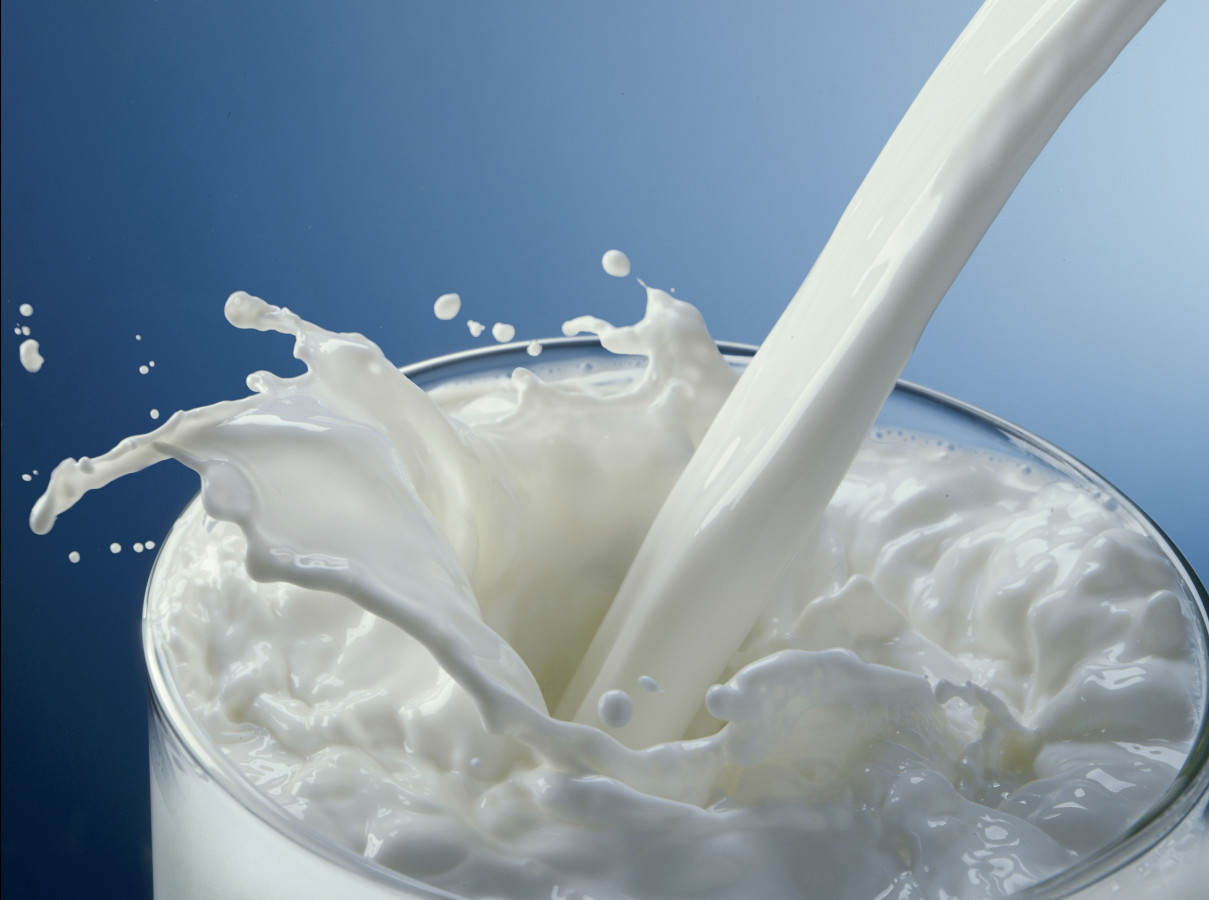
Today we consume significantly more milk than we used to, both directly in the form of dairy products and indirectly via dairy products, which actually do not belong in the refrigerator; there is hardly any reliable information about the long-term effect of this. In addition, the way in which we produce this food piecemeal today is usually no longer ethically justifiable.
Therefore, do not blindly rely on seemingly plausible reasons for milk consumption. In fact, almost every argument in favor of milk also has an argument against it.
Everyone should therefore take a differentiated look at their milk consumption and the associated framework conditions and not ignore the question “Do we really need milk?”. However, you don’t have to give up milk completely or become a vegan from now on. Just buy and drink milk consciously. As so often, the rule of thumb also applies to milk consumption: less is more.









